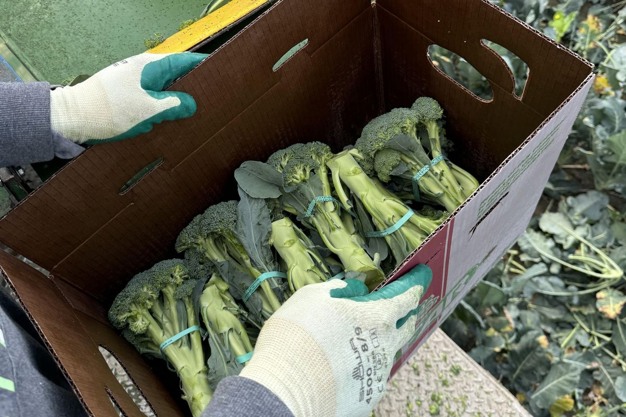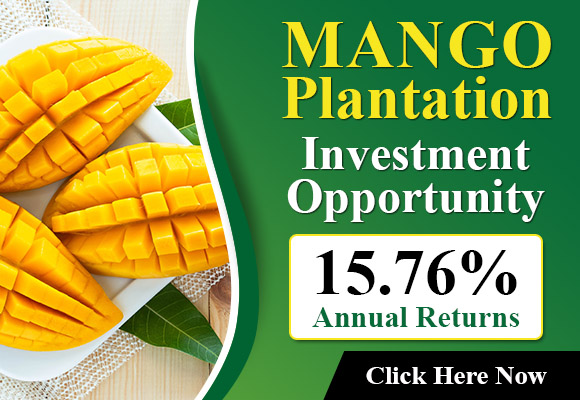In the fresh produce industry, uncertainty is a constant. From severe weather and shifting regulations to labor shortages and geopolitical tensions, disruptions are inevitable. For growers, distributors, and retailers, the real challenge isn’t just reacting to these changes, it’s adjusting existing supply chains to withstand them and continue to thrive.
Nearly 40 percent of fresh produce consumed in the U.S. comes from imports, with Mexico serving as the largest supplier providing about 63 percent of imported vegetables and 47 percent of imported fruits and nuts. Canada follows as the second-largest source, contributing approximately 11 percent of fresh vegetable imports. Given this heavy reliance on cross-border trade, any changes in tariffs, trade agreements, or supply chain dynamics can create significant ripple effects throughout the industry.
“The key to resilience isn’t just finding quick fixes. It’s adopting long-term strategies that make the supply chain stronger, more efficient, and more sustainable, no matter what challenges arise,” says Paul Oklesh with Verdant Technologies.

Lessons from past disruptions
History has shown that supply chains built on flexibility, innovation, and cross-border collaboration are the ones that thrive when challenges hit.
Consider the Northwest apple glut of 2018, when sudden trade restrictions left U.S. growers scrambling for alternative markets. Some producers turned to post-harvest shelf-life extension technologies, giving them the time needed to identify and enter new markets without loss. Others diversified their export strategies and began cultivating relationships in previously untapped regions.
Or look at the Argentina lemon export restrictions in 2021, which forced U.S. buyers to rethink sourcing, invest in cold chain infrastructure, and build more resilient supply routes.
In both cases, companies that adapted quickly and invested strategically gained lasting advantages. They were not only able to ride out volatility but emerged stronger once market conditions stabilized.
How the produce industry can build a resilient supply chain
Rather than reacting to volatility, Oklesh believes the fresh produce industry needs proactive, structural solutions that improve agility, reduce waste and enhance long-term competitiveness:
1. Strengthening cross-border partnerships
The produce supply chain in North America has been built through decades of cooperation among growers, distributors, and governments. Walking away from those relationships undermines long-term resilience. “Instead of retreating from those relationships, we should be taking the long view and focusing on ways to strengthen them.”
This could mean:
- Improving post-harvest practices to reduce waste and maximize marketable supply, regardless of source.
- Investing in shared logistics innovations to lower costs and improve efficiency.
- Developing sustainable trade solutions that benefit growers in multiple countries.
The strongest supply chains aren’t the ones that isolate themselves, they’re the ones that find ways to evolve together.
2. Ensuring organizations are built to capitalize on innovation
Resilience isn’t just about where produce comes from. It is also about how efficiently produce moves through the system. It’s incumbent on leaders in the industry to be driving their organizations to look for efficiencies and new technologies to improve their ways of working.
When disruptions occur, being able to quickly reassess existing infrastructure and processes becomes paramount. “What got us here, won’t get us there. And those companies that are able to react to the changing environment – be it new shipping lanes, investments in their cold chain or adoption of new technologies – will set themselves apart from the crowd.” Some key strategies include:
- Ensuring that decision-making processes around assessing innovation are clear and efficient.
- Looking for new technologies to differentiate and add flexibility to your company’s processes, supply chain or product offerings.
- Modernizing end-to-end cold chain infrastructure for improved control and tracking.
- Exploring alternative shipping routes or modalities to avoid bottlenecks.
For example, recent innovations in optimizing transportation conditions, such as improved humidity and temperature control, have enhanced long-haul shipping efficiency. Paired with advancements in protective packaging, these solutions help maintain produce quality, reduce losses, and ensure more consistent supply, even in uncertain times.
3. Diversifying supply to strengthen resilience
One of the biggest risks in any disruption is the over-reliance on a single sourcing region.
When trade policies shift or supply chains are disrupted, buyers who depend on one region risk shortages and price spikes. Those with established grower relationships across multiple regions can pivot more smoothly, adjusting orders without scrambling for supply.
For example, a retailer sourcing primarily from one growing region faces major risks if tariffs, weather, or labor shortages hit. But companies with a diversified supplier network spanning multiple regions and carefully chosen imports have built-in flexibility to keep produce moving.
A strong multi-region sourcing strategy isn’t just risk management, it’s a competitive advantage. The businesses that thrive in uncertain times aren’t the ones moving the most volume; they’re the ones best positioned to adapt.
Beyond short-term fixes: a call for long-term resilience
Trade volatility is not going away but companies can choose how they will respond. Some will focus on temporary workarounds, while others will make foundational improvements that allow them to grow, even in challenging situations. “Instead of being reactionary, companies must focus on building a supply chain that is agile, efficient, and adaptable, one that strategically diversifies sourcing, invests in forward-thinking solutions, and reduces waste wherever possible.” The produce industry has always found ways to adapt, now is the time to do it with intention.
 For more information:
For more information:
Paul Oklesh
Verdant Technologies
[email protected]
www.verdant-tech.com
Source: The Plantations International Agroforestry Group of Companies
